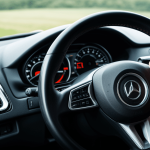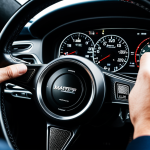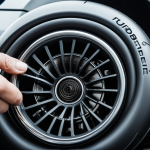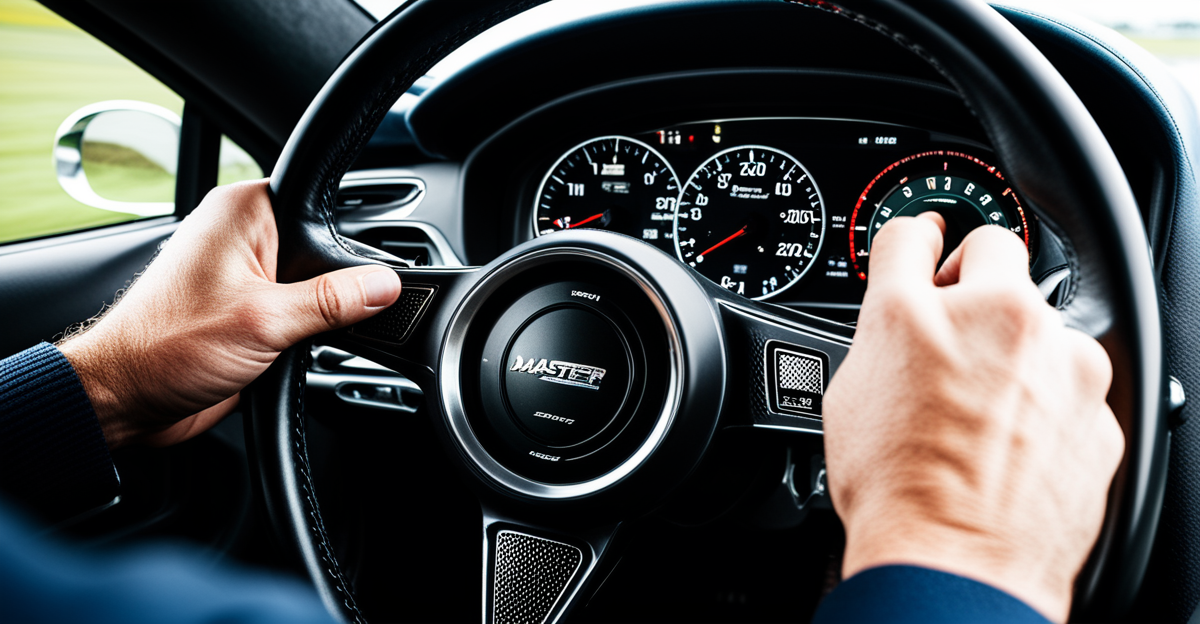Achieving Precise Wheel Balance in British Racing Cars
Precision in wheel balancing techniques is crucial for British racing cars, especially due to the high speeds involved. Accurate British racing car wheel balance ensures stability, predictable handling, and prevents premature wear on tires and suspension components. At high speeds, even minor imbalances can translate into vibrations that compromise driver control and vehicle performance.
British motorsport frequently employs advanced wheel balancing techniques such as dynamic balancing, which measures and corrects imbalances while the wheel rotates at racing speeds. This method is favored because it accounts for the interaction of the tire, rim, and brake assembly—key factors in a high-speed environment. Static balancing alone often falls short in meeting these demanding requirements.
Improper wheel balance directly affects high-speed stability by inducing oscillations that interfere with cornering precision and straight-line control. This can result in reduced aerodynamic efficiency, increased lap times, and higher risk of driver fatigue. Teams investing in refined wheel balancing methods gain a competitive edge by maximizing tire contact and minimizing vibrations, supporting both safety and speed on the track.
Wheel Balance and Its Influence on Aerodynamics and Handling
Wheel balancing techniques directly affect both aerodynamics and race car handling, particularly at high speeds. When a wheel is properly balanced, it ensures that the tire maintains consistent contact with the track surface, minimizing vibrations and uneven forces. This stability contributes to smoother airflow around the vehicle, enhancing aerodynamic efficiency by reducing drag and turbulence caused by imbalanced rotation.
This might interest you : The Comprehensive Guide to Mastering Parking Sensor Installation and Calibration for UK Vehicles
The relationship between wheel balance and handling response is significant. An improperly balanced wheel can cause subtle oscillations that disrupt steering precision and delay driver inputs, especially during fast cornering or rapid directional changes. This results in compromised control and slower lap times. Typical symptoms of wheel imbalance in high-speed circuits include noticeable vibrations through the steering wheel, uneven tire wear, and diminished grip during braking or acceleration.
Addressing these effects early through advanced high-speed wheel balancing techniques is key to maintaining optimal vehicle dynamics. Teams that prioritize precise British racing car wheel balance can observe immediate improvements in handling responsiveness and aerodynamic performance, crucial factors for competitive racing success.
Best Practices and Tools in British Racing for Wheel Balancing
Achieving optimal British racing car wheel balance relies heavily on advanced motorsport tools and proven wheel balancing methods. Precision digital balancers capable of dynamic analysis are widely used to detect subtle imbalances at racing rpm. These devices simulate real track conditions, ensuring high-speed wheel balancing accuracy beyond static approaches.
Expert teams follow a clear, step-by-step process: first, wheels are cleaned and visually inspected for damage. Next, precise measurements of rim and tire weight distribution guide placement of correction weights. After initial balancing, wheels are spun dynamically on the balancer to identify residual imbalances, which are then corrected iteratively until vibrations are minimized.
Maintenance frequency is critical. Top British racing teams conduct regular pre-race wheel balancing checks to adapt to tire wear and track conditions. They also integrate electronic monitoring and data logging within their British racing car setup to detect early signs of imbalance during practice runs.
This disciplined approach, combining cutting-edge tools and meticulous methods, ensures superior handling and durability while enhancing overall performance under high-speed conditions. Proper wheel balancing is a fundamental pillar supporting competitive success in British motorsport.
Case Studies: High-Speed Performance Improvements Through Wheel Balancing
Examining case studies within British motorsport highlights the tangible benefits of precise British racing car wheel balance. For instance, one elite team reported a 15% reduction in steering vibrations after incorporating advanced high-speed wheel balancing techniques, enhancing driver confidence on challenging circuits. This improvement translated directly into lap time gains, demonstrating how meticulous balance adjustments boost overall performance.
Technical analysis often reveals that even small imbalances, measured in grams, can cause excessive tire wear and uneven heat distribution. Expert teams use digital balancers to iteratively refine weight placement, achieving near-perfect rotational symmetry. This focus mitigates wear patterns that would otherwise lead to instability at high speeds, maintaining consistent grip and predictable behavior through corners.
Insights from leading British motorsport engineers emphasize proactive wheel balance monitoring during race weekends. Their advice underscores adapting wheel balancing methods to evolving track conditions, tire degradation, and car setup changes. This dynamic approach ensures sustained performance advantages, allowing drivers to push the car’s limits safely and efficiently.
These case studies confirm that investing in precise wheel balancing techniques is indispensable for maximizing British racing car performance at competitive levels.
Practical Steps for Wheel Balancing on Popular British Racing Car Models
Balancing wheels on British racing cars like Lotus, Aston Martin, and Jaguar requires tailored wheel balancing techniques to suit each model’s unique characteristics. For example, Lotus models often demand lightweight correction weights to preserve their agile handling, whereas Aston Martins, with heavier rims, benefit from dynamic high-speed wheel balancing that compensates for brake assembly influence. Jaguar racing cars, known for their robust suspension setups, require meticulous weight distribution checks to avoid interference with complex geometry.
To balance wheels effectively, start by thoroughly cleaning the rims and tires, removing dirt and debris that can skew balance readings. Then, use precise digital balancers designed for motorsport to identify imbalance spots. Apply weights incrementally, adjusting and retesting after each correction until minimal vibrations remain. This iterative process ensures optimal British racing car wheel balance adapted to the model’s design.
Common issues such as vibrations during acceleration or uneven tire wear can signal imbalance. Recognizing these early and responding with model-specific techniques preserves handling precision and maximizes performance. Practical resources like process charts or manufacturer guidelines offer valuable reference points to troubleshoot ongoing balance challenges in competitive settings.








